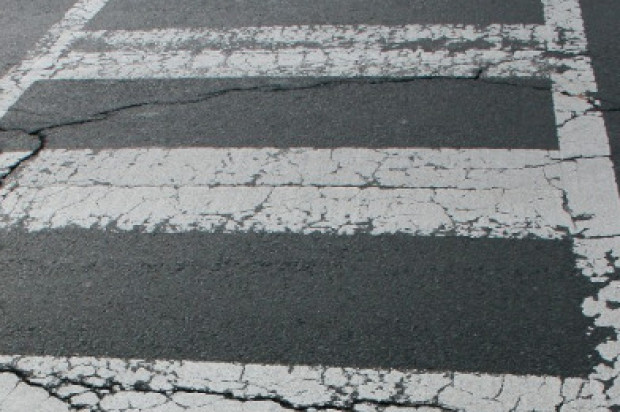
Safety measures implemented as part of San Francisco’s Upper Market Street Safety Project were unveiled today including right turn restrictions at red lights, bolder crosswalks, and painted pedestrian safety zones.
The Upper Market Street Safety Project, a multi-phased effort to improve safety for pedestrians, cyclists and motorists on Market Street between Octavia and Castro streets, uses a data-driven approach to determine the locations where collisions are occurring and to make changes for the better.
The Upper Market corridor, which is part of the 12 percent of San Francisco streets where 70 percent of serious traffic collisions occur, connects the Castro District to Duboce Triangle, the Mission District, and beyond.
The corridor, however, saw around 150 serious collisions between 2007 and 2012, according to Ed Reiskin, the San Francisco Municipal Transportation Agency’s director of transportation.
In that five-year period, between Octavia and Castro streets there were 27 collisions involving vehicles and pedestrians, 32 vehicle-bicycle collisions and 102 collisions between vehicles, according to the SFMTA.
San Francisco Supervisor Scott Wiener, who represents the Castro District and much of the corridor on the Board of Supervisors, joined the SFMTA and the pedestrian advocacy group WALK SF today to unveil the new safety measures.
Both Reiskin and Weiner said they have had close calls with vehicles at the 16th and Market streets intersection, which received painted safety zones.
Reiskin said there have been times when he and his young daughter have been at the intersection and have had to jump back so as not to be struck by cars turning across a crosswalk despite a red light and the pedestrian’s right-of-way.
Weiner said an acquaintance of his was struck and killed by a vehicle at the intersection a number of years ago.
“It’s long past due for us to be taking steps to make Upper Market safer,” Weiner said today.
The supervisor said the six-way intersections on Upper Market tend to be confusing for pedestrians, motorists and cyclists, many of whom are unsure about how to proceed at intersections.
Weiner said these intersections are often chaotic and still more needs to be done to calm traffic in the area, especially for cyclists who do not have bike lanes when they cross Market Street.
As of today, motorists on 15th and 16th streets approaching Market Street are no longer allowed to turn right on red. They must come to a complete stop and wait for a green light before proceeding. The SFMTA has posted traffic signs to reflect that change.
The SFMTA has also painted ten large khaki-colored safety zones at three intersections that are designed to act as a sort of bulb-out where cars are prohibited from entering and where pedestrians are discouraged from standing.
The goal of the new painted sections is to allow pedestrians to be more visible to drivers and to allow drivers to have a clearer view of pedestrians crossing Market Street.
Five major intersections on the corridor have also received upgraded zebra crosswalks, according to the SFMTA.
Merchants along the corridor are also supportive of the changes, especially decreasing the crossing distance at crosswalks which is linked to increased economic vitality as more people it feels like a more connected corridor.
Nicole Ferrara, the executive director of WALK SF said it is important to recognize that “People will make mistakes, but those mistakes should not be deadly.”
She said she is pleased to see the city doing low-cost street treatments that get paint on the ground and instantly make streets safer for pedestrians.
Ferrara said that by shortening a crosswalk, pedestrians become safer.
It is the poorly planned intersections such as those in the Upper Market corridor that cause collisions, not just motorists, she noted.
Ferrara said it’s important to realize that motorists or cyclists don’t just become bad people when they get to certain intersections, but rather that bad street design produces bad behavior.
Hannah Albarazi, Bay City News









